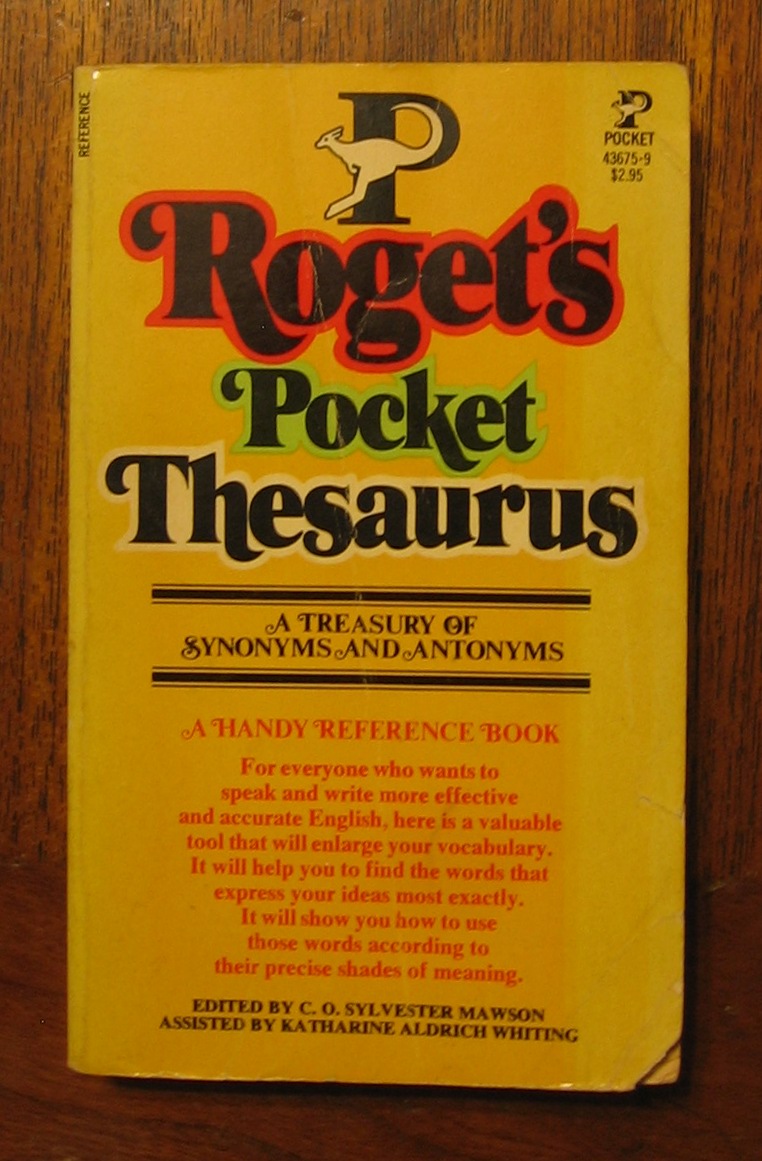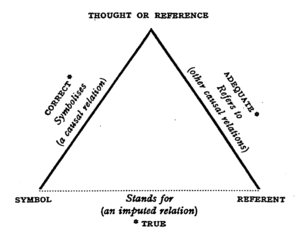Recently, PhUSE and CDISC announced the completion of Phase I of the FDA/PhUSE Semantic Technology Working Group Project. The PhUSE Semantic Technology Working Group aims to investigate how formal semantic standards can support the clinical and non-clinical trial data life cycle from protocol to submission. This deliverable includes a draft set of existing CDISC standards represented in RDF.
In this stage of the project, the focus is on describing meta-models and models that describe and allow flexible use of the standards. This important first step was created out of an industry regulator collaboration initiated through PhUSE and supported by many CDISC volunteers who originally developed these foundational standards.
The ADaM representation of this project was co-led by Phil Ashworth, semantic solution architect at TopQuadrant, with Josephine Gough and contributions from Nate Freimark, Dave Jordan, Kirsten Langendorf and Mitra Rocca. ADaM is the last standard in the food chain when it comes to presenting the results of a clinical trial for revision by the authorities. Designed to standardize the way that analysis results are stored and thus presented to authorities, ADaM provides standards for statistical analyses to reduce and eliminate any processing required by the reviewer.
According to Phil, the current diverse set of standards leave the understanding of data and data relationships more open to interpretation. This initiative will create a more efficient, accurate way of representing and submitting data to the FDA and allowing data to be analyzed based on a common model where the meaning is well understood. For more details on Phil’s involvement in this project, read this wiki on ADaM in RDF standards.
In the next stage of this project, PhUSE and CDISC will take a closer look at demonstrating the capture of information based on these initial models and then submitting to the FDA. Additional information about this project can be found on the PhUSE wiki.
Through our collaboration with PhUSE and CDISC, we hope to enable quicker decision-making for life science professionals. At TopQuadrant, we understand they need to simply and readily bring data together and view, explore and analyze it.
Monday, December 2, 2013
TopQuadrant supports PhUSE Semantic technology Initiative creating RDF Representations of CDISC Standards for Clinical Trial Information.
Posted by
Robert Coyne
at
4:14 PM
0
comments
![]()
Friday, November 22, 2013
Event Recap: Robert Coyne presented at MANAGE VARIETY—create VALUE from Big Data
Gartner named semantic technologies one of the 10 most important trends in 2013 and beyond. When it comes to Big Data, semantic technologies deliver on the variety aspect of the three Vs of Big Data (Volume, Velocity, and Variety) by enabling the right data to be processed in the correct way. During the Gartner Symposium ITxpo in Barcelona, TopQuadrant’s partner Computas held a satellite event, MANAGE VARIETY—create VALUE from Big Data, on November 10th to share how customers are getting value by managing the variety of their Big Data.
Robert Coyne, a co-founder of TopQuadrant, presented on the company’s vision for semantic information ecosystems and showcased several case studies where Semantic Web Technology is a core element in their solutions. As Robert told the MANAGE VARIETY audience, semantic ecosystem solutions are evolutionary, allowing organizations to build a modern information infrastructure incrementally with capabilities that let them adapt and capitalize on rapidly changing scenarios, have better access to information resources, discover new opportunities, and inform better decision making.
Attendees also learned more about TopQuadrant’s partnership with Computas, which is aimed at delivering efficient semantic solutions in Europe. Current projects include delivering IT services for data exchange and collaboration in the Oil and Gas industry and an ontology management and semantic enrichment infrastructure for the Organization for Economic Co-operation and Development (OECD), whose Knowledge Information Management (KIM) program aims to establish an integrated strategy and framework for managing and delivering information and knowledge.
TopQuadrant is working with Computas to fulfill the vision of the Exploration & Production Information Management Association (EPIM) to build a shared suite of knowledge based-applications for operators on the Norwegian Continental Shelf using semantic technology and industry-standard domain concepts. Computas and TopQuadrant are engaged with EPIM to develop EnvironmentHub, a solution using TopBraid capabilities and tools to provide a flexible semantic web standards-based platform for environmental reporting and data integration. TopQuadrant previously developed the ReportingHub system, a standards-based information-exchange solution that uses semantic web standards to store, query and analyze exploration and production data.
Want to learn more about these initiatives with EPIM and Computas or semantic information ecosystems? Leave us a comment and we’ll fill you in.
Posted by
Bob DuCharme
at
8:11 AM
1 comments
![]()
Friday, October 11, 2013
TopQuadrant’s Bob Ducharme speaking at Taxonomy Boot Camp 2013
Posted by
Robert Coyne
at
8:04 AM
0
comments
![]()
Wednesday, May 29, 2013
Looking forward to Semtechbiz in San Francisco next week

In the exposition hall, we'll be at booth 116, right by the exhibit hall entrance. In our booth, we'll be showing TopBraid Life Sciences Insight, a Logical Data Warehouse aimed at people in the Life Sciences industry, and TopBraid Enterprise Vocabulary Net, our standards-based multi-user vocabulary management solution. We'll also be happy to talk about any of our other products and projects.
- TopQuadrant CTO Ralph Hodgson will present A Case Study of a Deployed Reporting Hub for the Norwegian Oil and Gas Industry, describing the EPIM Reporting Hub that we developed with Franz Inc. (another perennial presence at the semtech conferences). In particular, Ralph will discuss the business benefits that resulted from using semantic technologies in the project.
- Peter Lawrence, filling in for Phil Ashworth, will talk about ways to create a standards-based federated search environment in Enabling Data Integration and Discovery Using the Semantic Web.
- I'll discuss approaches to Enhancing Searches with Semantic Technology—the standards, the available datasets, and the tools that can be used to improve searches.
- Peter will also give a talk titled A Logical Data Warehouse in Action, in which he demonstrates TopBraid Insight.
Posted by
Bob DuCharme
at
9:53 AM
0
comments
![]()
Friday, April 5, 2013
Introducing TopBraid Life Sciences Insight—at Bio-IT World 2013
 We're looking forward very much to showing TopBraid Life Sciences Insight (TopBraid LSI) at the Bio-IT World conference and expo next week in Boston.
We're looking forward very much to showing TopBraid Life Sciences Insight (TopBraid LSI) at the Bio-IT World conference and expo next week in Boston.Through our research, we've found efforts in drug discovery, clinical trial research, and other data-intensive life sciences tasks are often hampered by the need for more efficient federated queries across silos, bad alignment of related data, and dependence on expensive, inflexible tools.
Working with experts in the field, we've developed TopBraid LSI as a Logical or Virtual Data Warehouse: coordinated views on multiple data sources that let you query and use these data sources without actually loading them into a single data warehouse. A web-based interface lets users identify alignments between different data sources without requiring them to know the standards used to store and leverage these alignments, and then, using an approach similar to Map-Reduce, queries can be efficiently distributed across the data sources to return federated answer sets. You can learn more about how TopBraid LSI works and how it can help life sciences professionals from our new white paper (PDF) on it.
TopBraid LSI has also been selected as a finalist for Bio-IT's Best of Show award in the Informatics Tools & Data Category, so we're also looking forward to showing it to the judges. And, we're taking part in the conference's New Product Showcase, which has a very interesting mix of cutting edge research and IT tools for the life sciences field. If you'll be at Bio-IT World, stop by and see us at Booth 323, where you can find out more about TopBraid Life Sciences Insight.
Posted by
Bob DuCharme
at
9:28 AM
0
comments
![]()
Labels: bio-it world, life sciences, topbraid
Thursday, July 26, 2012
Who needs SKOS-XL? Maybe no one
- A globally unique identity
- A preferred label that is unique for a human language (such as English or German) within a scope of a particular “concept scheme”. It is called skos:prefLabel.
- Any number of alternative labels called skos:altLabel. Concept's alternative labels in a given language should not be the same as its preferred label in this language.
- Whatever other properties (attributes and relationships) are deemed necessary:
- SKOS supplies some standard relationships such as skos:broader, skos:related and skos:exactMatch and a number of annotations that are thought to be universally useful such as skos:definition and skos:editorialNote.
- Users of SKOS are free to add properties specific to their domain. For example, when using SKOS to describe different companies, a user may want to add a stock ticker field.
link. Labels
can be linked to each other using skosxl:labelRelation
relationship. These links are separate from the relationships between Concepts.Direct use of SKOS properties that associate label strings with Concepts can be tricky when using SKOS-XL. According to SKOS-XL label strings for Concepts are derived using rules such as:
ex:Concept1skosxl:prefLabelex:Label1; skosxl:prefLabelex:Label2.
ex:Label1 skosxl:literalForm "love"@en .
ex:Label2 skosxl:literalForm "adoration"@en .
ex:Concept1skosxl:prefLabel ex:Label1; skosxl:altLabel ex:Label2
ex:Label1 skosxl:literalForm "love"@en .
ex:Label2 skosxl:literalForm "love"@en .
Posted by
Irene Polikoff
at
6:35 PM
0
comments
![]()
Tuesday, May 29, 2012
New white paper: Controlled vocabularies, taxonomies, and thesauruses (and ontologies)
What's the difference between a controlled vocabulary, a taxonomy, a thesaurus, and an ontology? We've found people using some of these terms interchangeably, and it's difficult to find reliable official definitions for each.
We've come up with some unofficial working definitions that have served us well when discussing different kinds of controlled vocabularies and their associated metadata. Our new white paper Controlled vocabularies, taxonomies, and thesauruses (and ontologies) describes each of these and which TopQuadrant products give customers the control they need over the kinds of vocabularies and metadata that they're working with.
We hope that this short white paper gives you a better idea of why people build, use, and store controlled vocabularies and the advantages that standards bring to this work.

Posted by
Bob DuCharme
at
4:16 AM
0
comments
![]()





